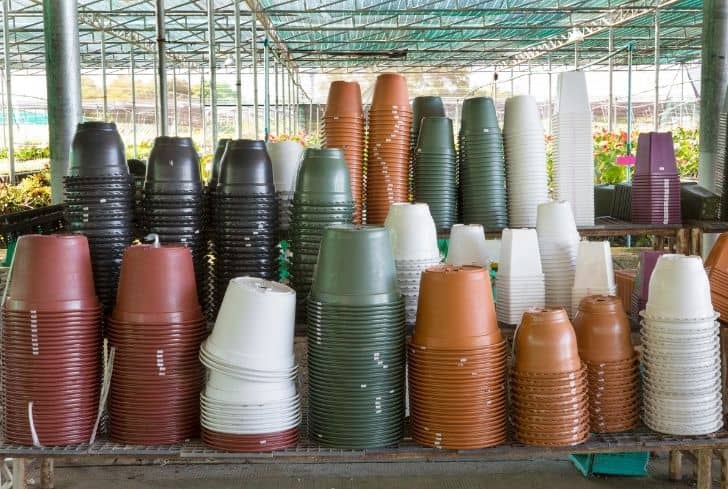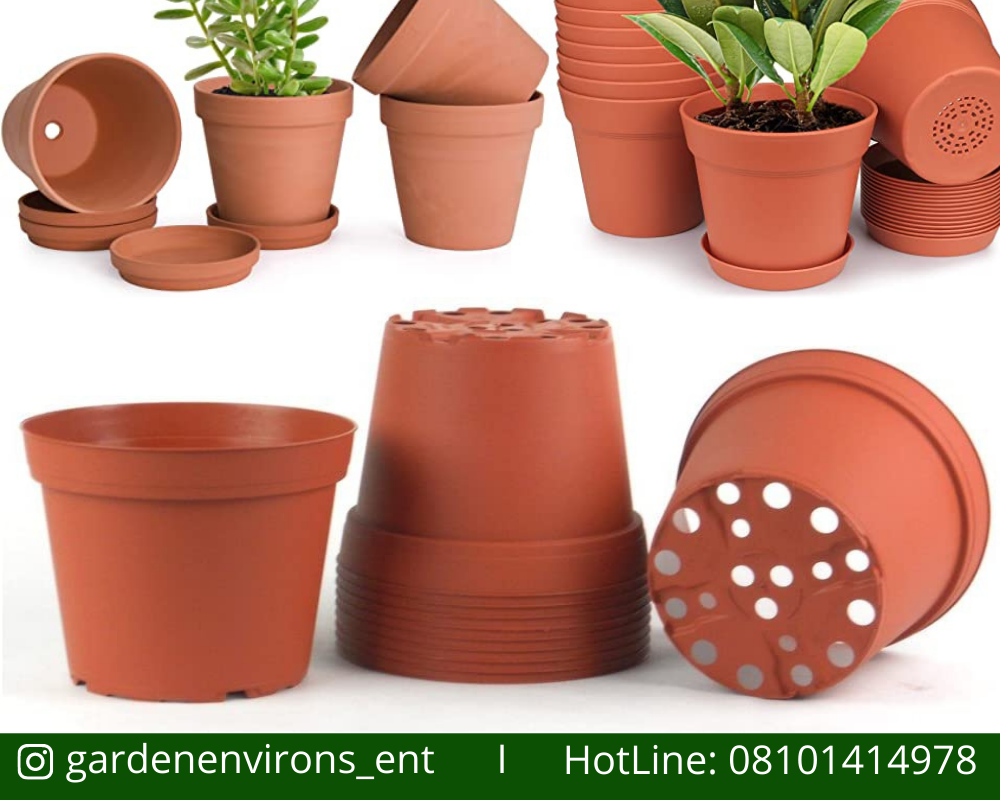It’s crucial to think about the size of the plants or flowers you’ll be growing while choosing a planter or pot. Yes, size does make a difference! Plants will rapidly get rootbound if the container is too tiny, and the soil will not be able to hold enough moisture between watering’s. Allowing plants to dry out or wilt can prevent them from producing fruit.
If the container is too large, though, your plants may expend all of their energy on root development rather than growth. Shallow-rooted crops like lettuce, peppers, herbs, and most annuals require a planter with a diameter of at least 6 inches and an 8-inch soil depth, according to the West Virginia University Extension Service. Tomatoes, cucumbers, pole beans, and most perennials thrive in larger pots like bushel baskets and 1/2 whiskey barrels.
Pots and planters come in a variety of sizes, styles, and materials. Consider the region where the container will be utilized and plan accordingly, whichever sort of container you choose.

Terra-Cotta
Terra-cotta pots look beautiful in practically any setting, and their earthy tone complements almost any plant. Terra cotta is a porous clay rich in iron that can “breathe,” keeping potting soils cold and wicking excess moisture away from plant roots, keeping them healthy. The biggest disadvantage of utilizing terra cotta is that it is delicate (keep an eye out for harsh frosts that can break containers) and that it dries out quickly, especially in hotter climates.
Note: that some gardeners prefer glazed terra-cotta pots because they keep water better.
Plastic
Plastic is an excellent alternative if you don’t care about container looks or have plants that eventually grow to cover the pots they’re planted in. Plastic nursery pots are long-lasting, moisture-retaining, and cost-effective. They are also incredibly light, making them a good alternative for those who prefer to rearrange their gardens.
If your container garden will grow in direct sunlight, avoid using black or dark colored plastic pots. These hues absorb heat and become very hot, potentially harming sensitive roots. Light-colored containers reflect heat away from the roots, keeping them cool.

